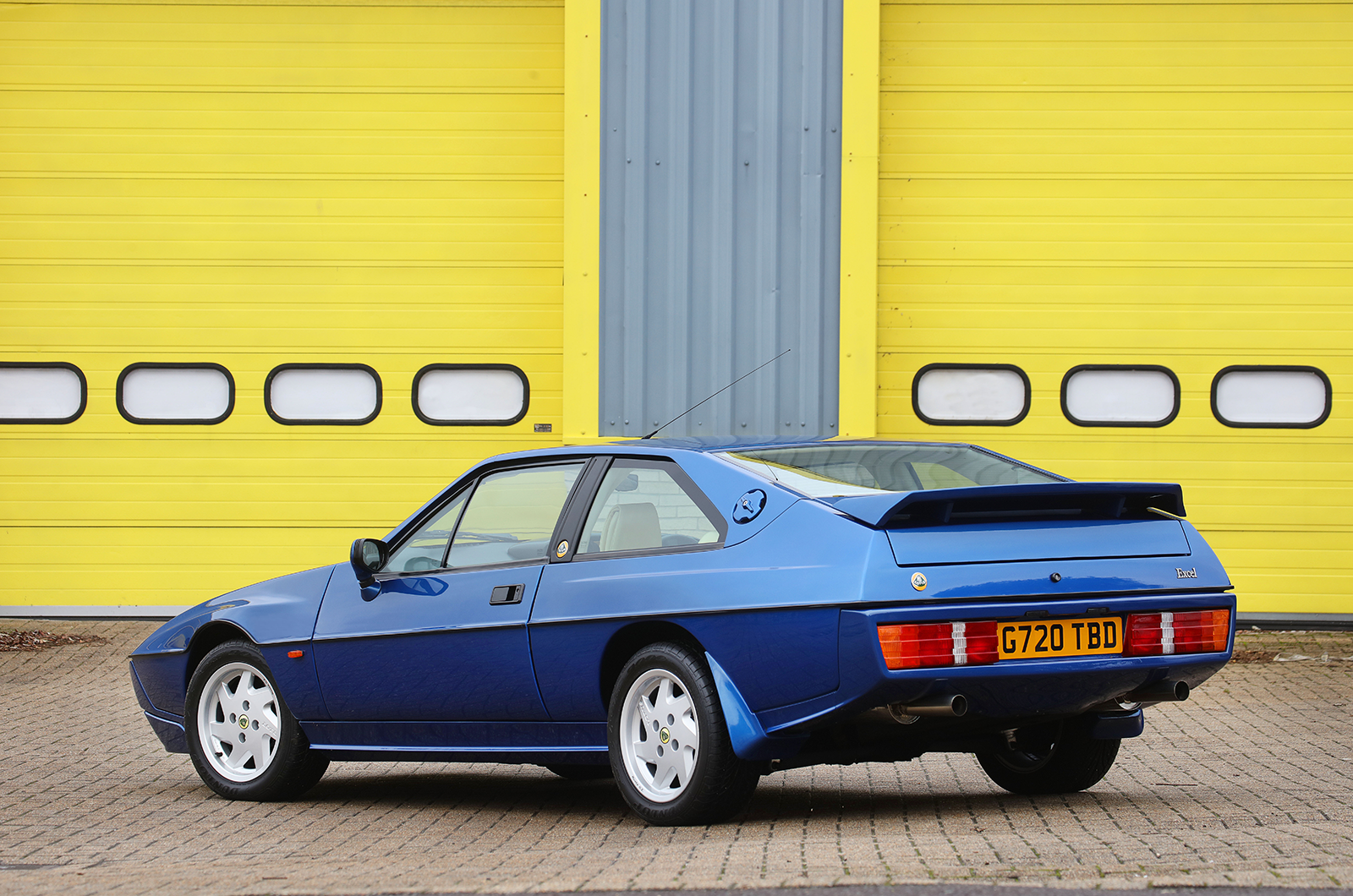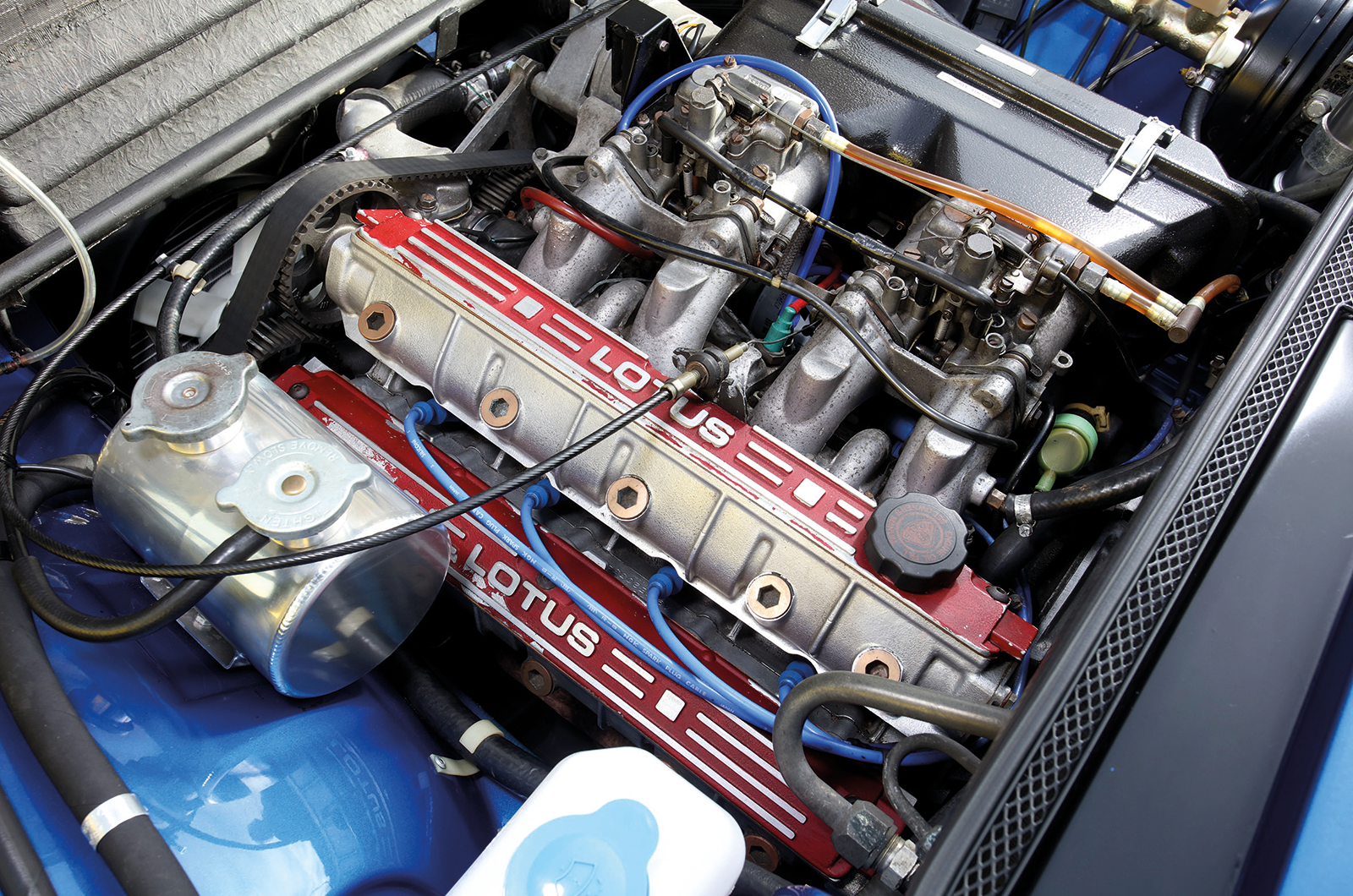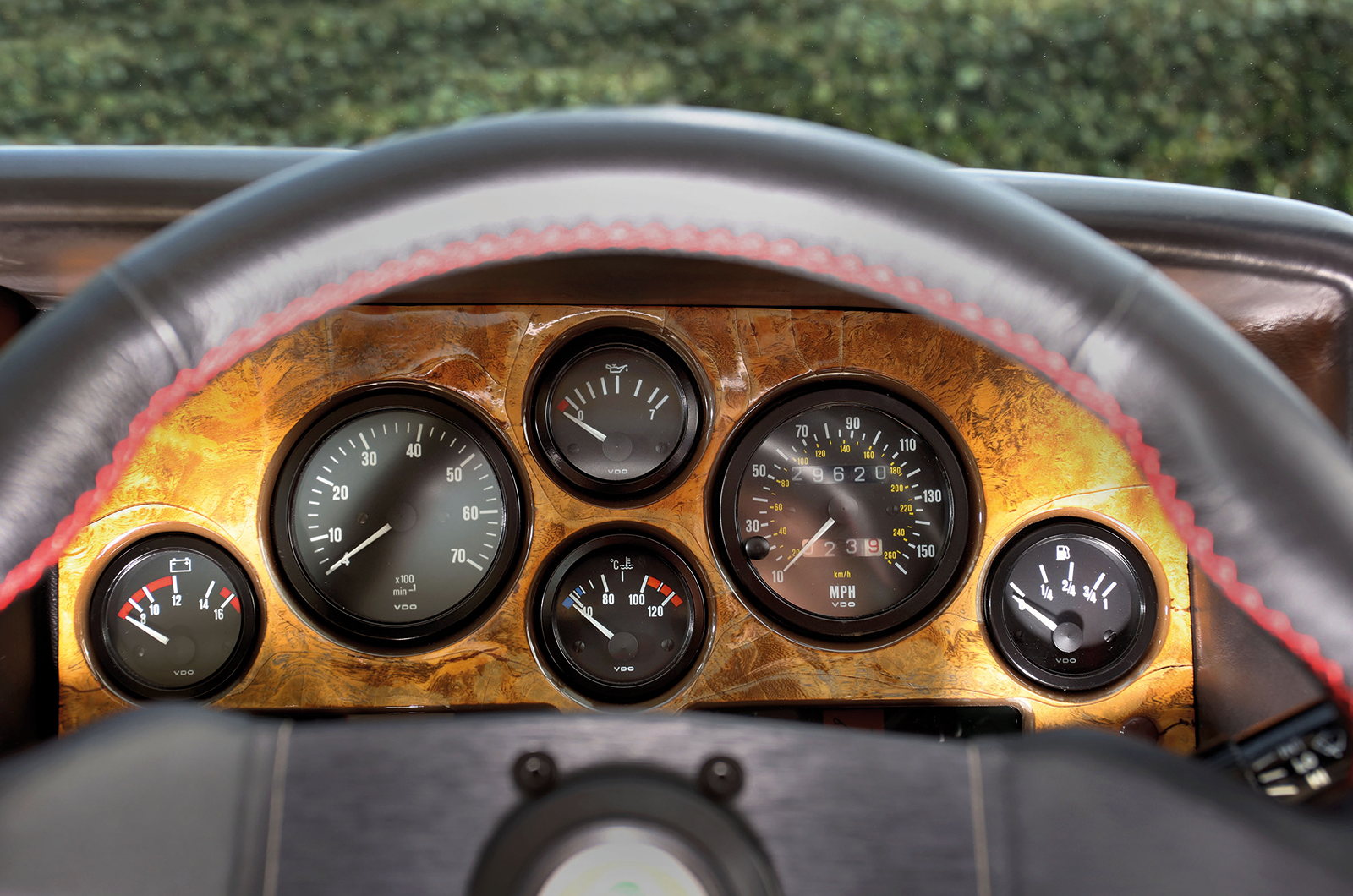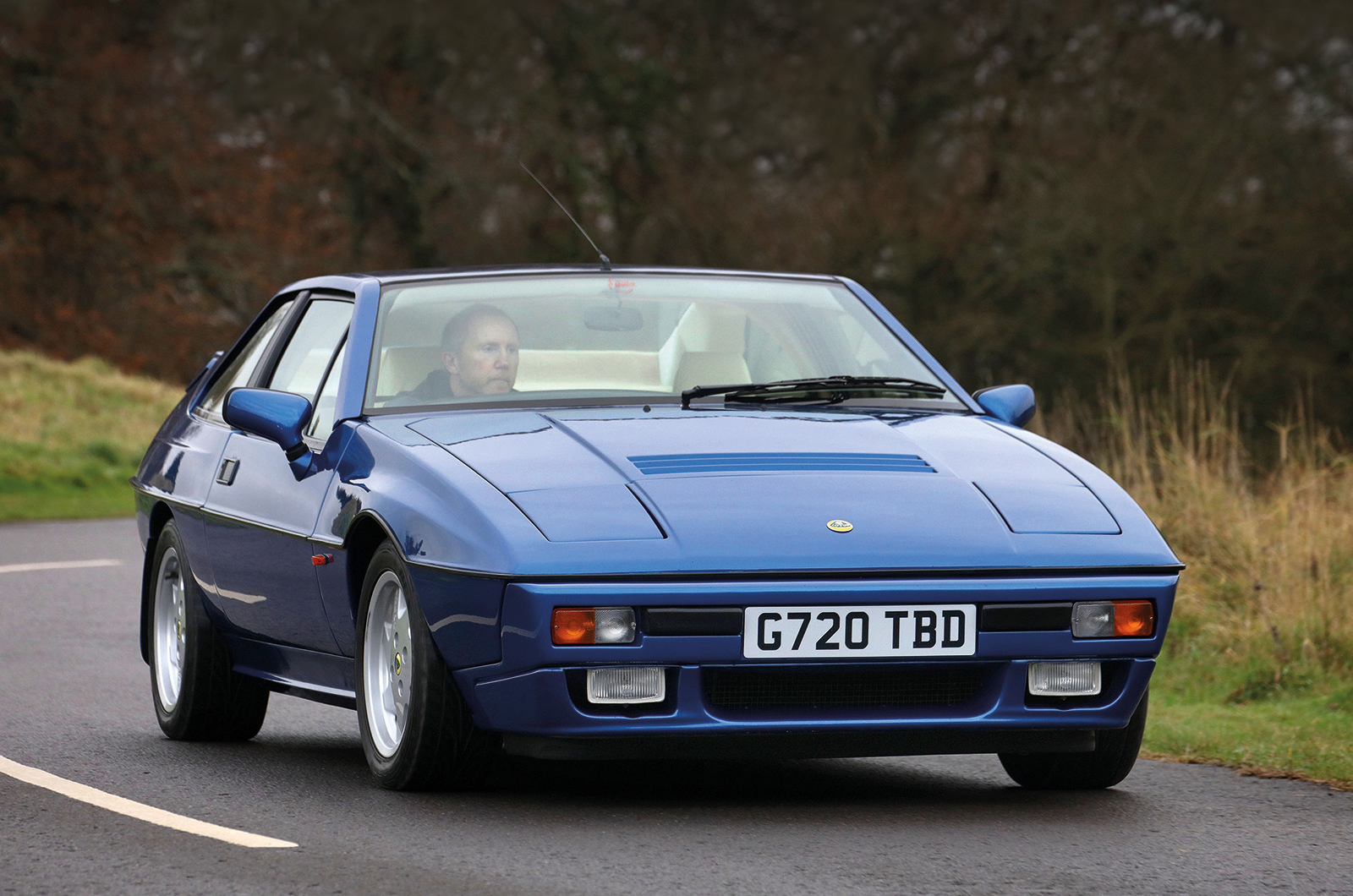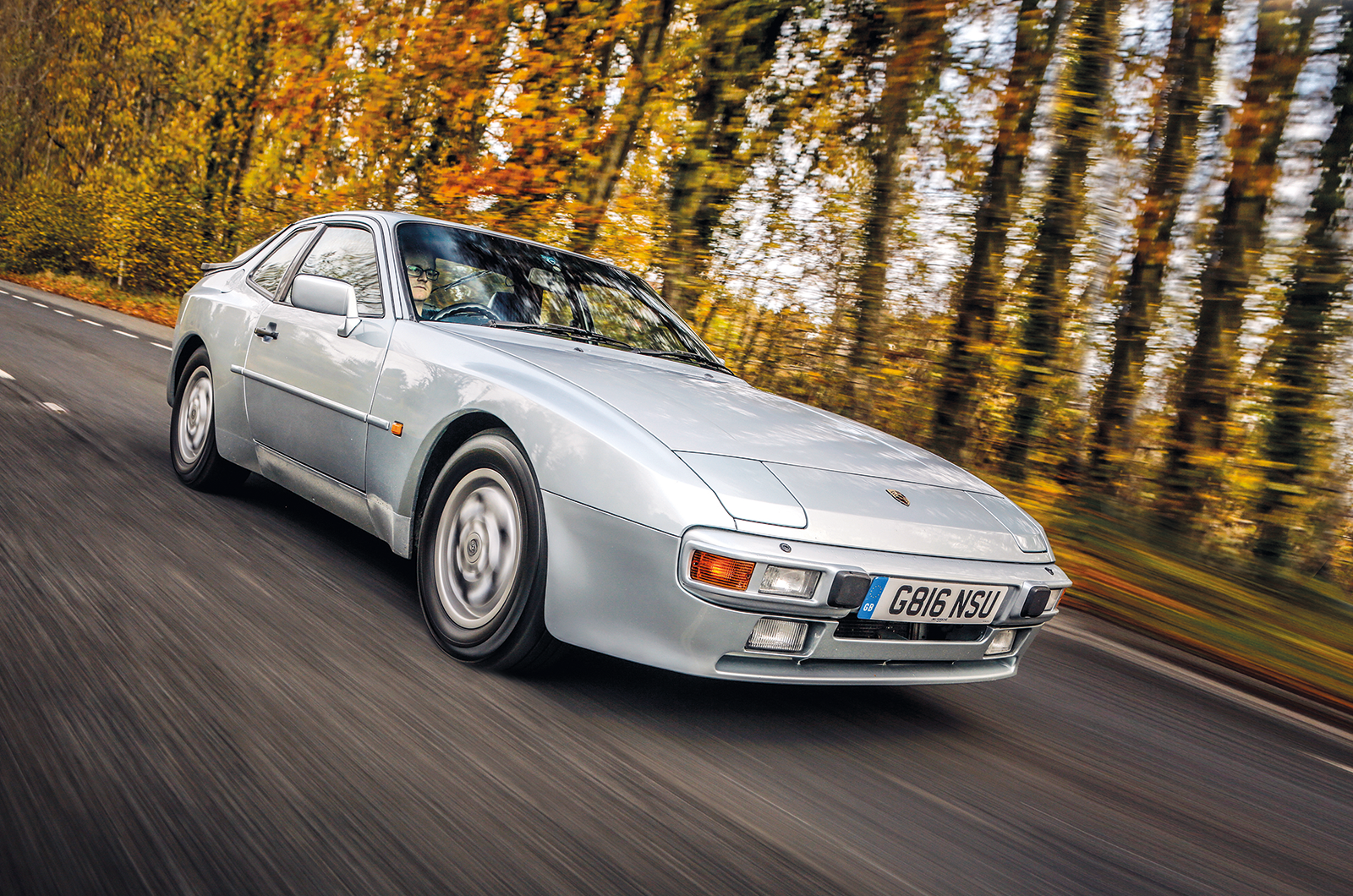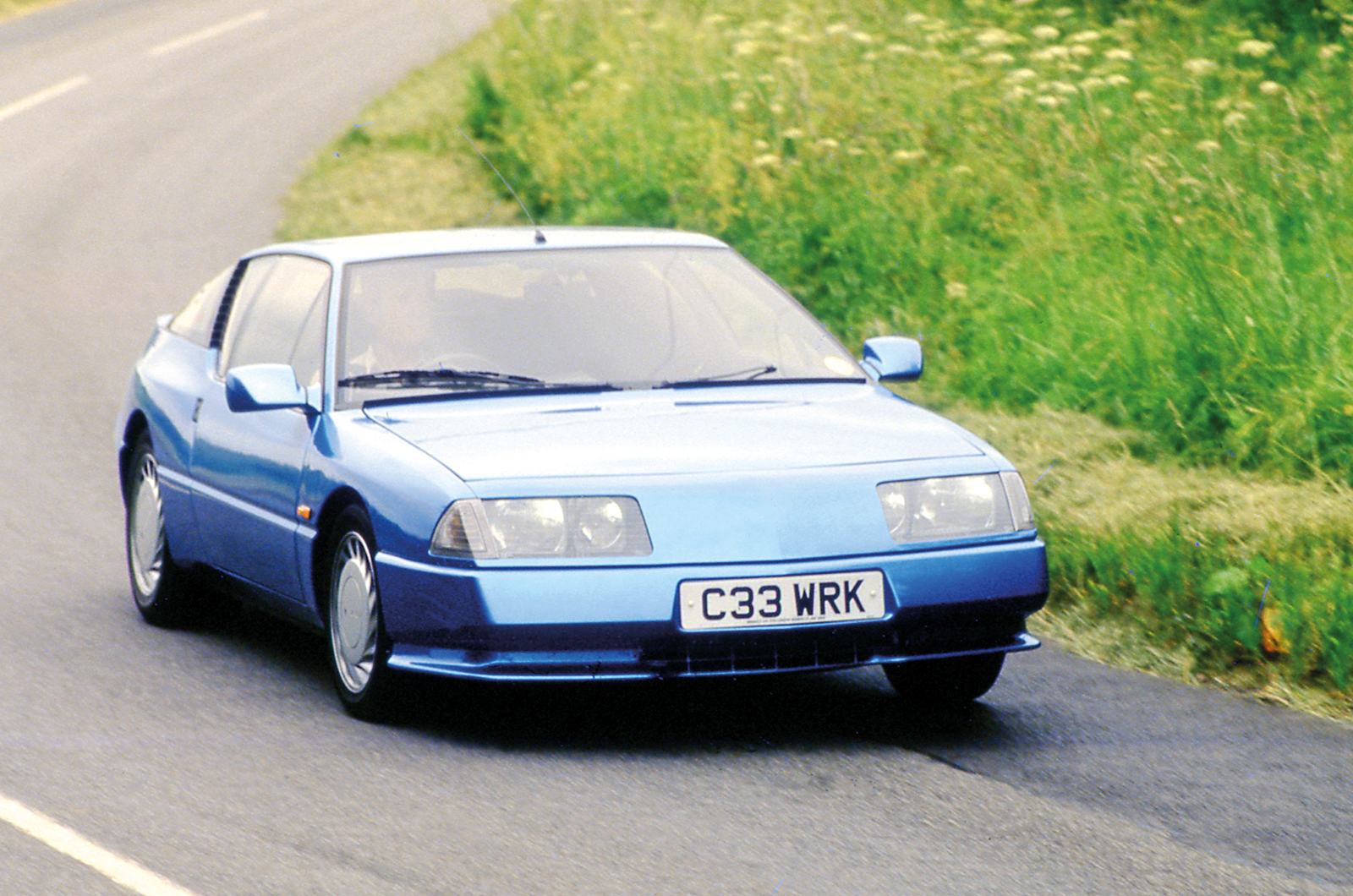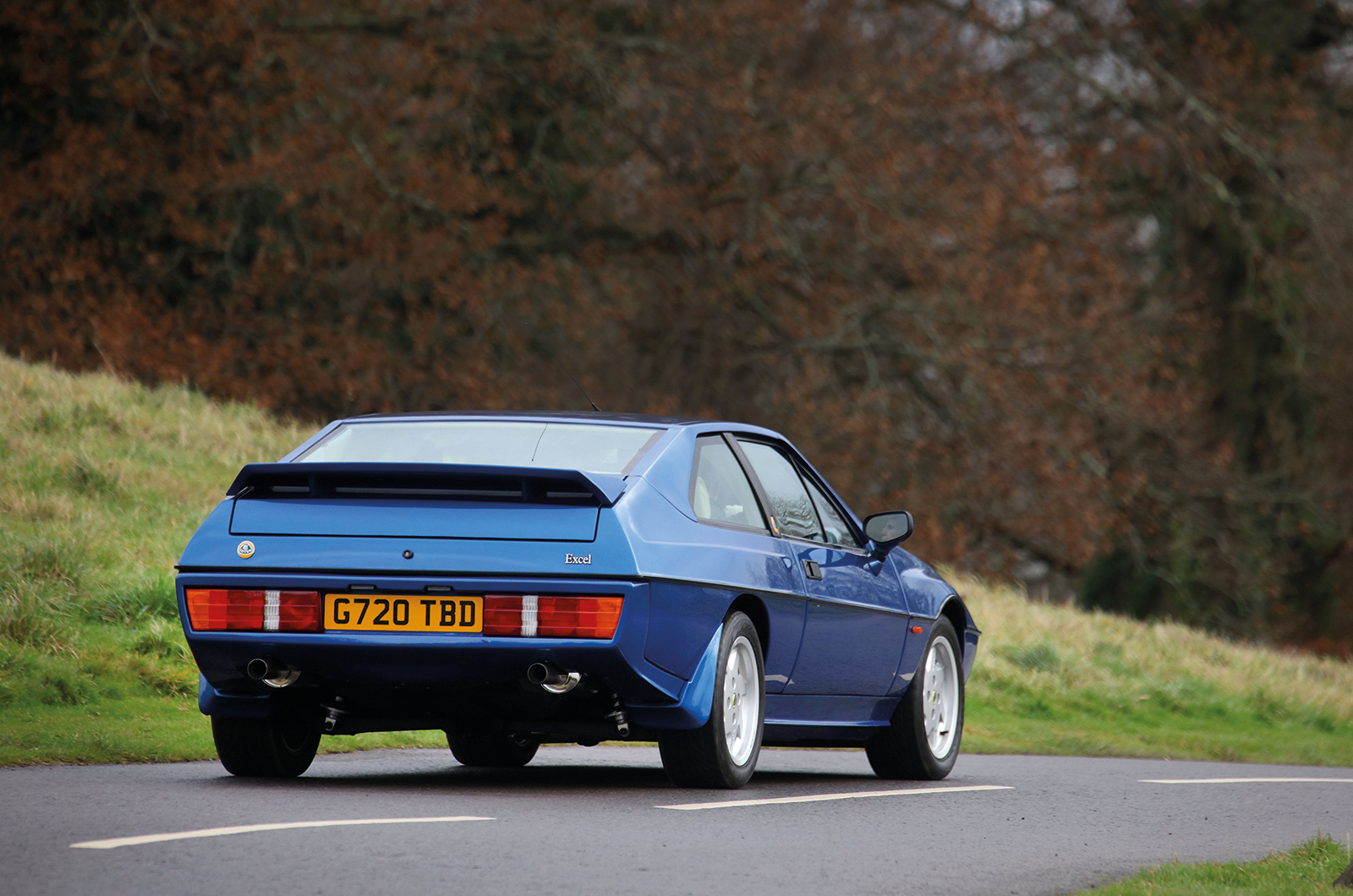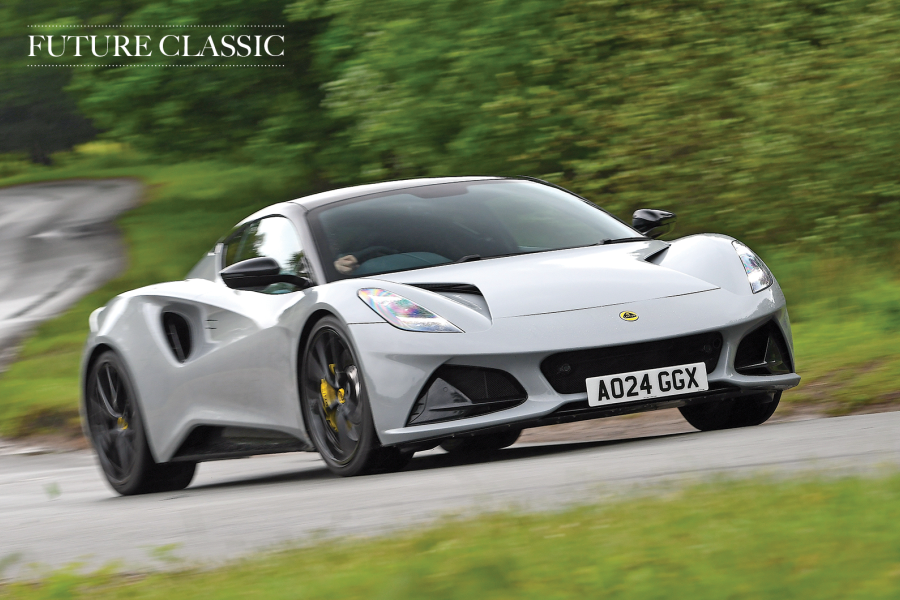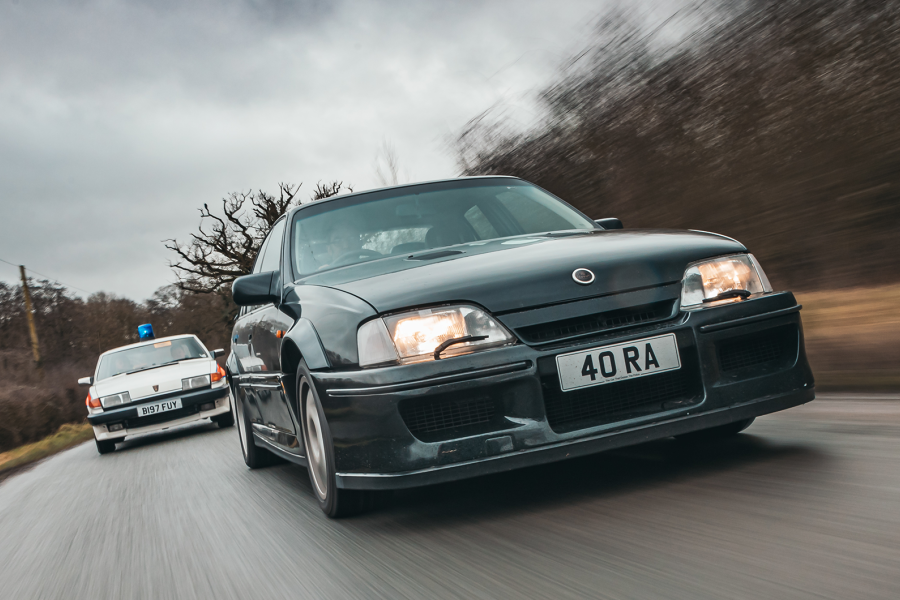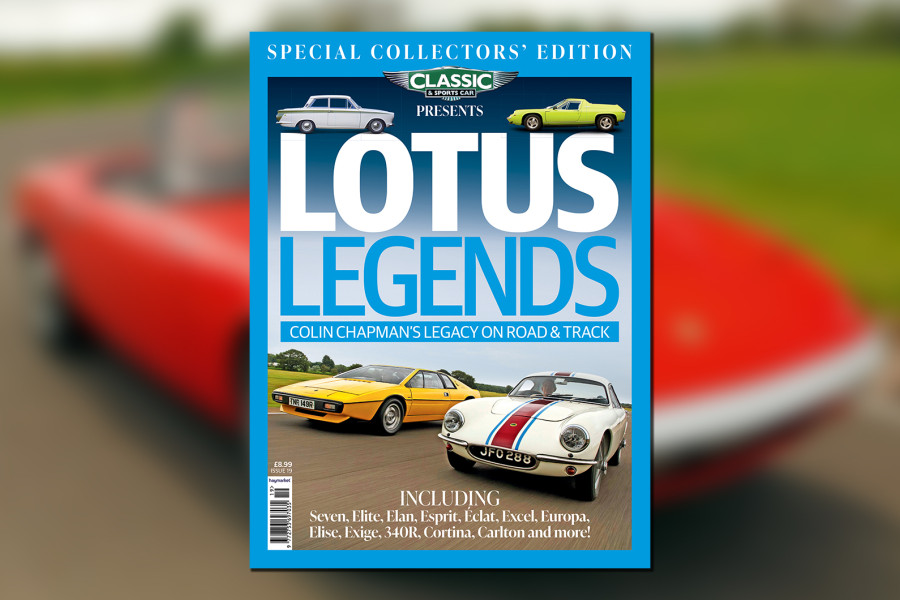
Why you’d want a Lotus Excel
Linking up with Toyota gave Lotus access to excellent and well-proven components, which were used to good effect in making the Excel a much better car than the Éclat that preceded it.
Styled by Oliver Winterbottom and Peter Stevens, the Excel featured a Toyota gearbox, diff, clutch, vented discs, doorhandles, heater controls and air-con.
The body was smoother and more aerodynamic, reducing the drag coefficient from 0.356 to 0.32Cd, while increasing rear-seat space and headroom.
Even better, the Éclat Excel, as it was first known, was £1100 cheaper.
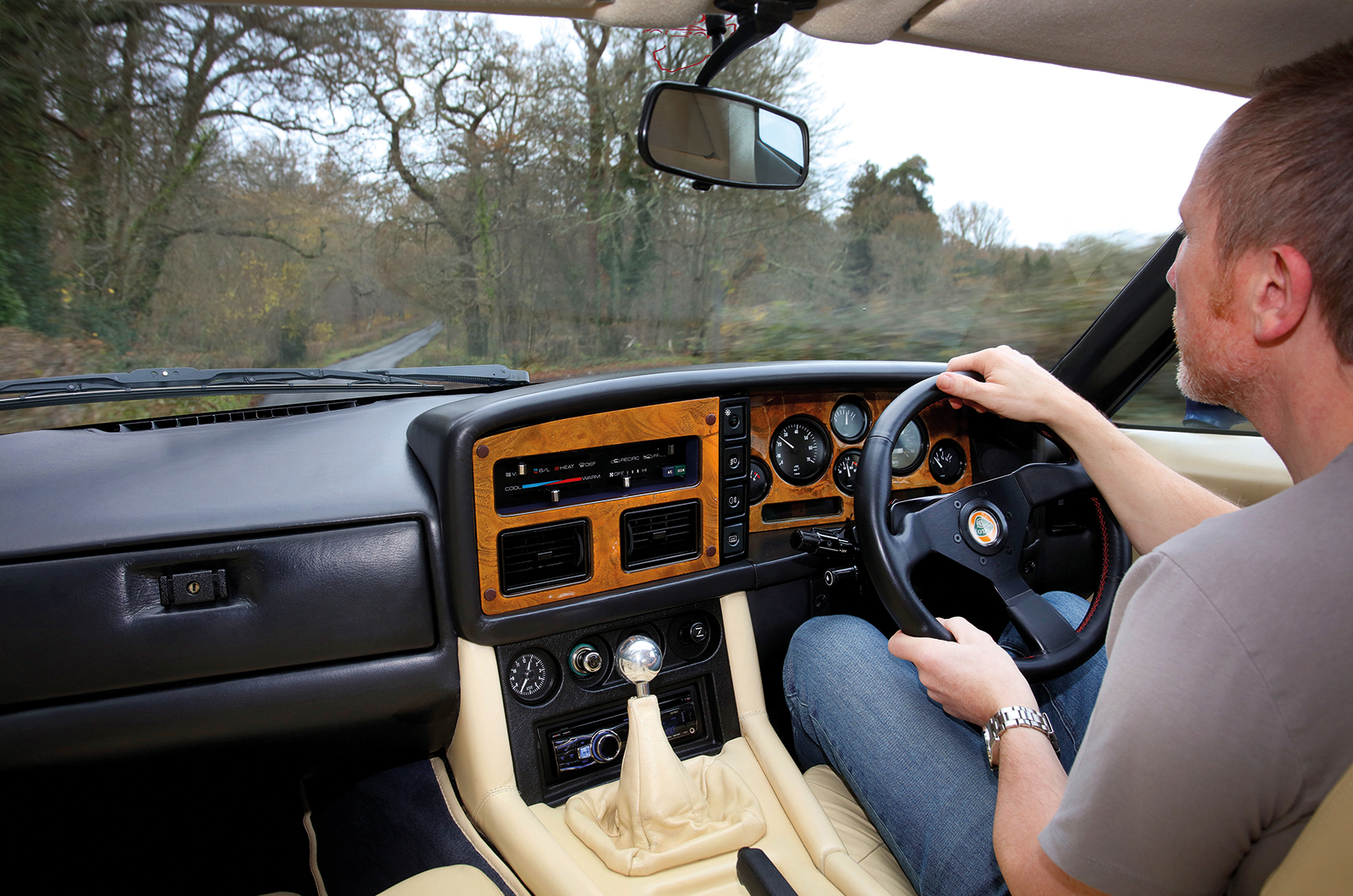
Refinement was greatly advanced, the Excel living up to its name in flexibility, comfort and high-speed cruising ability without strain on car or driver.
This was combined with outstanding handling, ride and gearchange, its brilliantly executed chassis dynamics aided by perfect 50:50 weight distribution, making the Excel a hugely enjoyable car to drive for both short or long journeys.
Rearward vision was criticised, though electric door mirrors helped alleviate that.

